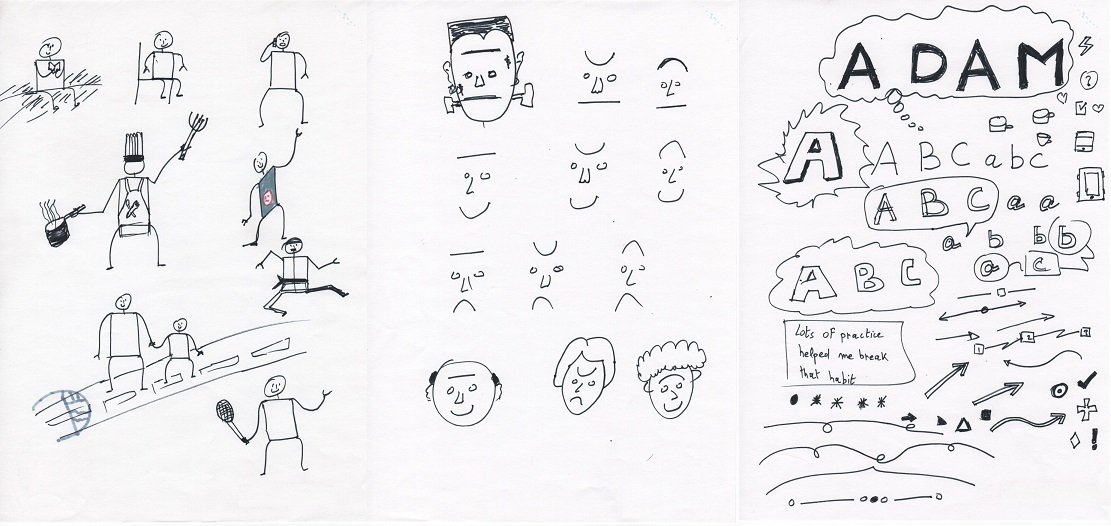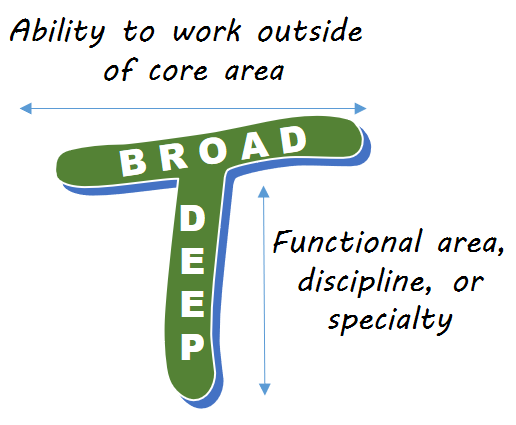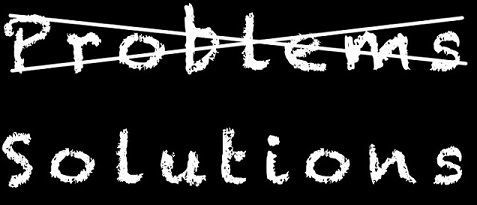Graphics are always something that catch my eye and make communicating ideas more compelling to my mind. Whether decorating a text or completely illustrating a concept with an image, I think it strengthens the impact of the underlying message.
One of my favorite demonstration of the increased impact drawing ideas can have is the RSA animation of Dan Pink’s Drive talk. I’ve also seen the impact in brainstorming sessions when graphic facilitation techniques are used by the group.
As well as I was convinced of the graphic facilitation power as a tool, I was also convinced, alas, that it’s not something I could do and get the benefits.







